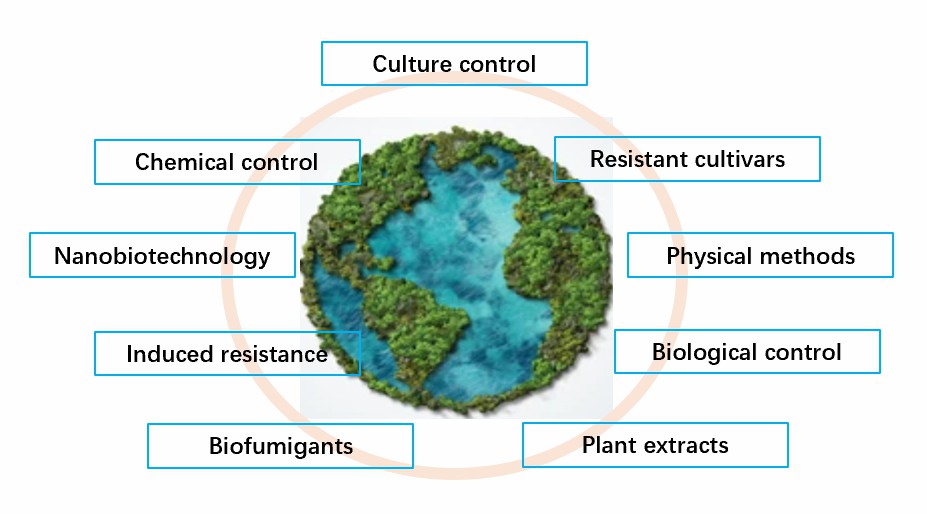Nematodes are microscopic, eel-like roundworms. The most troublesome species are those that live and feed within plant roots most of their lives and those that live freely in the soil and feed on plant roots; they are major pests of both temperate and tropical agriculture. Breeding for resistance has been a major goal for many important crop species like soybean, potato, tomato, and sugar-beet. Besides, we discuss agrotechnical, chemical, and biological measures for the control of plant nematodes.
Lifeasible, as a leading global company, is committed to helping our customers achieve effective and successful research. We provide a mechanism analysis of plant response to nematodes. In addition, we deliver reliable results and reports on time to our customers worldwide.
- Plant breeders and nematologists have developed improved cultivars of essential crop species with resistance to plant nematodes. The effectiveness of these breeding efforts has depended on the availability of efficient screening procedures, identification of adequate sources of durable resistance, nature of the nematode feeding habit, and knowledge of the inheritance of resistance.
 Fig.1 Strategies of nematode diseases management infographic.
Fig.1 Strategies of nematode diseases management infographic.
- Lifeasible provides breeding of plant nematode resistant varieties, including conventional breeding and genetic engineering modification based on resistance genes. We help our customers to analyze natural resistance genes, transgenic-based protease inhibitors, and RNAi-targeted resistance to select resistant varieties.
- Nematicides are chemically synthesized products that kill nematodes or adversely affect nematodes. These products can have nematocidal or metastatic effects against nematodes. Nematocidal compounds are highly toxic and kill exposed nematodes, whereas metastatic compounds do not kill nematodes but impede nematode movement toward host plant roots or delay nematode egg hatching.
- We provide mechanism analysis of chemical control for plant nematodes, mainly on various chemical agents, including avermectin, thiazolidine, etc.
- Chemical control is widespread all over the world. Still, biological control is the most effective way to reduce the number of pests infecting crops, particularly by using microorganisms like fungi and bacteria.
- Biological control is rapidly evolving, and more products are being sold worldwide over time. They can be produced by fungi, bacteria, or actinomycetes that can destroy plant parasite nematodes and feed on them. Nematophagous microorganisms, as the natural enemies of nematodes have a promising way of controlling nematodes.
- We provide mechanism analysis of biological control for plant nematodes, including fungi, bacteria, actinomycetes, secondary metabolites of higher plants, biofumigants, compounding agents, etc.
Lifeasible is always devoted to providing high-quality and satisfactory service to our customers. If you are interested in our services or have any questions, please feel free to contact us or make an online inquiry.
Our products/services are For Research Use Only. Not For Clinical Use!
 Fig.1 Strategies of nematode diseases management infographic.
Fig.1 Strategies of nematode diseases management infographic.